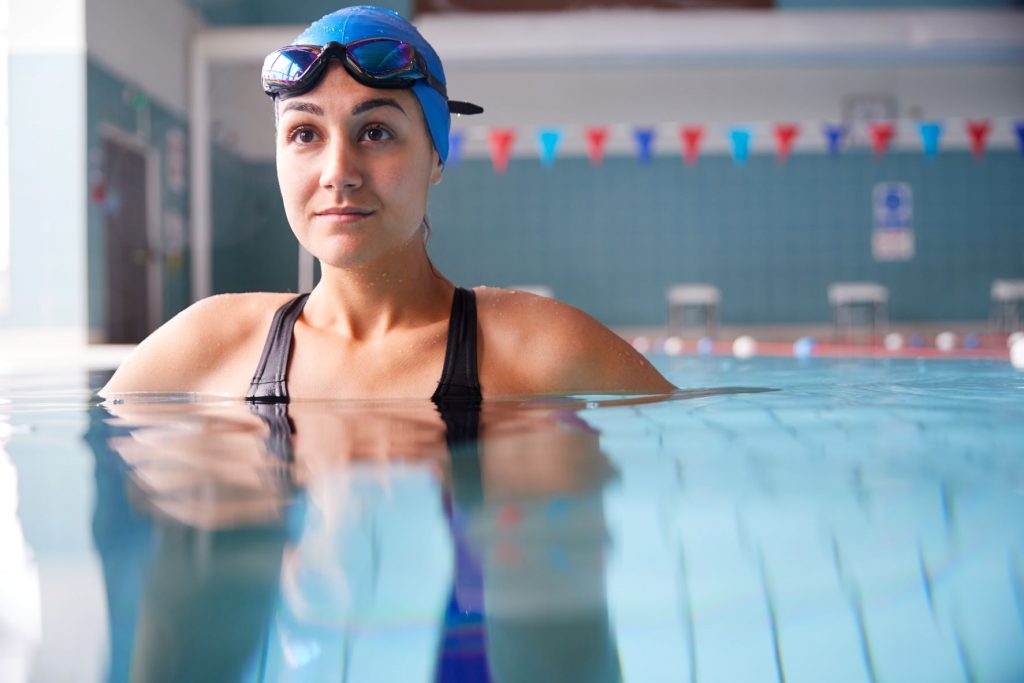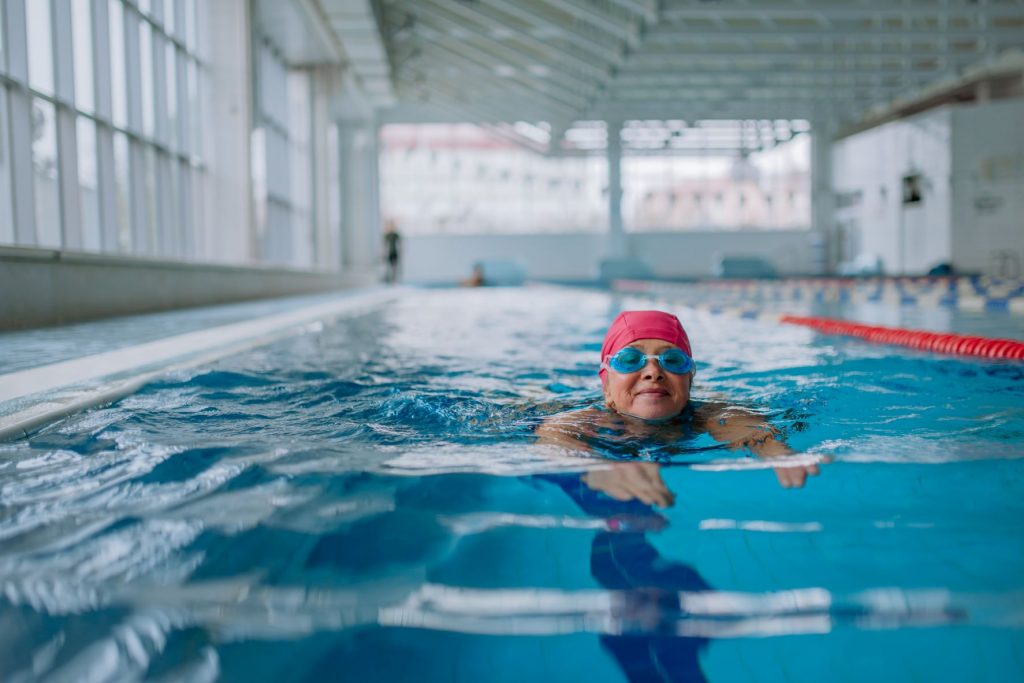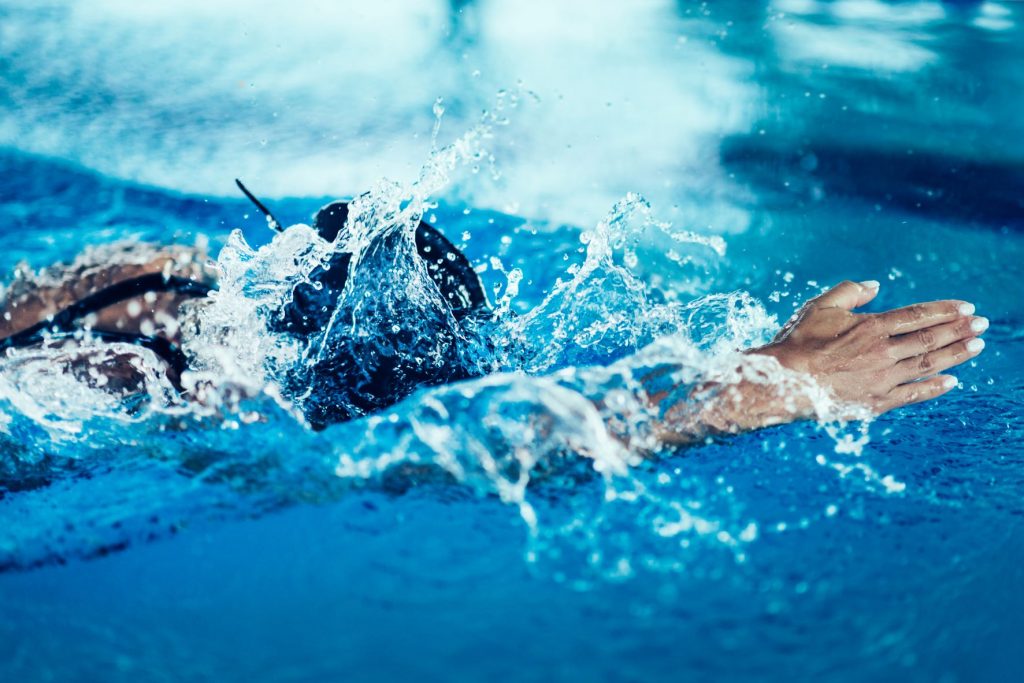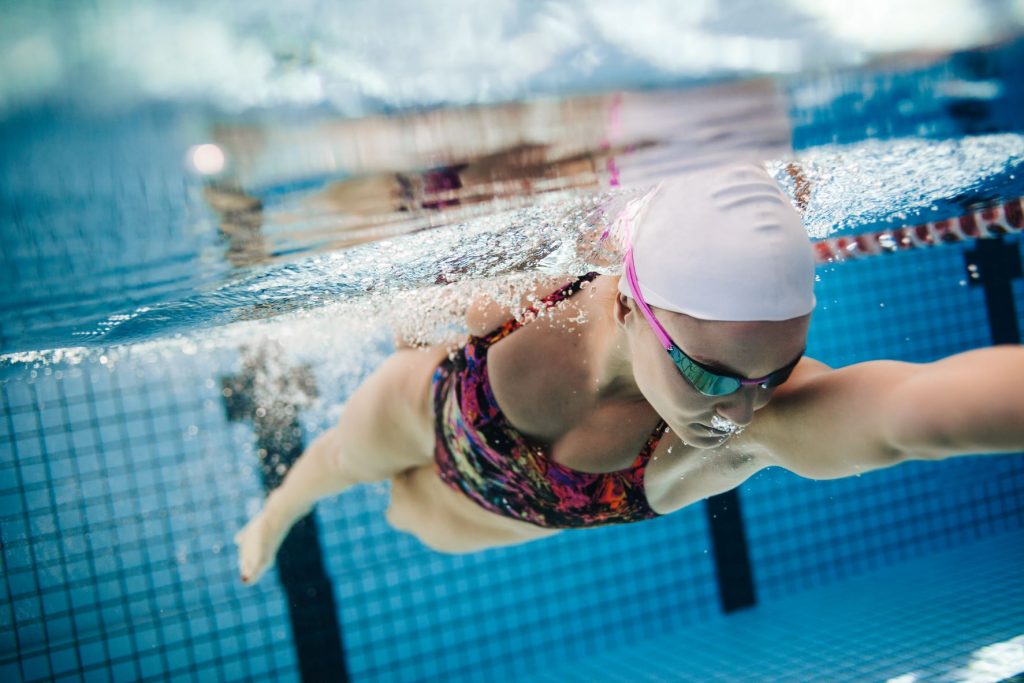You should take extra precautions if you drive on rural roads to avoid getting into a car accident. Poor road infrastructure, unsafe driving behaviors, and poor emergency services are the main causes of fatal car crashes on rural roads. According to the GHSA, the fatality rate has risen almost to one-third in the past decade due to many of these problems not being addressed by local and state governments. This is bad news for anyone who is involved in a car crash and it is only getting worse.
2020: Higher fatality rates
The National Highway Traffic Safety Administration (NHTSA) released a report on fatal crashes on rural roads in 2020. This report outlines trends and recommends ways to make our rural roads safer.
The report also examines causes of fatal road accidents. It includes input from an expert panel of academics, nonprofit organizations, and government representatives.
Speeding and distracted driving were the biggest contributors to roadway deaths on rural roads. Young drivers are at particular risk. Their crash involvement rate was the highest of any age group.
Nearly half of all motor vehicle crashes that resulted in death occurred on rural roads. This figure is much higher than the urban total. In fact, the number of fatal crashes on rural roads increased by 1 percent from 2019 to 2020.
The report identifies that rural roads have a high number of traffic deaths due to a lack in safety resources. Rural roads typically have narrow lanes, unseparated traffic streams, and fewer traffic control devices. They can also be steepened and have a drop-off on the pavement.
Rural road accidents are more likely to involve speeding and distracted driving. In fact, 43% of alcohol-related motor vehicle fatalities occur on rural roads.
Young drivers are especially at risk in rural road accidents. Drivers younger than ten years old are also affected. According to the NHTSA, the rate of crashes for this age group was 57% greater in 2020.
Rural roads are also more likely to have steep slopes, narrow lanes, and non-graded curves. They are also more prone to have pavement drop-offs, and lack clear zones along roads sides.
21% of rural road fatalities are caused by drivers older than 55. Among all drivers, older men had a much higher crash involvement rate than young males and females.
Inadequate emergency medical services
Poor road conditions, insufficient medical equipment, and a shortage of qualified EMS personnel can all lead to rural communities suffering. Poor road conditions and emergency medical services may be major causes of injuries and deaths.
There are a variety of solutions, including training programs that teach laypersons how to assist in medical emergencies. You could also invest in roads that are better. This will reduce the likelihood of crashes and increase the efficiency of trauma transport.
Providing prehospital emergency care in rural areas can be difficult, especially if there are few trained EMS providers and little access to trauma care. Sometimes, it may be necessary for the patient to travel further to reach their injury site. A lack of resources, such as a medical database or online medical assistance, can make it difficult for emergency medical services to reach small communities.
A systematic review was performed to gain a better understanding about how rural roads’ poor emergency services might impact health care outcomes. The study examined the key factors that impact patient outcomes in rural and urban areas.
To find relevant literature, the study used Embase searches. It was then analysed using PRISMA guidelines. A variety of metrics were used in evaluating the various studies, including number of citations and compliance to the recommended national scope.
Generally, the performance metrics improved in both urban and rural areas. It was also possible to focus on low-middle income countries. However, there was no evidence to suggest that the improvements were due to the intervention’s specific use.
In addition, the CDC’s Web-based Injury Statistics Query and Reporting System (WISQARS) provides statistics on injuries, violent deaths, and fatal crash statistics. Interactive capabilities allow users to drill down further.

Poor roadway infrastructure – Abogados de Accidentes de Auto Chula Vista
In 2016, rural roads outside built-up areas killed more people in the European Union than inside urban areas. This is largely due to differences in road geometry, operating speeds, and enforcement.
Rural roads also lack the same amount of roadway infrastructure as urban areas. These areas are less likely to have the funds for maintenance and repairs and are not covered by government subsidies. A study of road quality revealed that nearly a third (33%) of rural roads are in poor shape.
The United States has 4.09 Million miles of roads. Rural roads represent a large percentage of these miles. There are many problems with rural roads design and maintenance.
For example, the state of rural pavement can vary greatly from one state to another. Arkansas ranks the worst in this category, followed by Rhode Island, Iowa, and New Mexico.
To improve safety on rural roads, there are several low-cost and effective options. These include rumble stripes, speed limit signage, and lighting on the roads.
Another measure that can improve the safety of all-terrain vehicle and bicyclist users is to reduce the traffic volume. Road lighting at intersections is one effective method for reducing the number of nighttime collisions.
In addition, speed limits and seat belt use can reduce the risk of single-vehicle crashes. Another option is to use your cellular phone to direct emergency response units at the crash site.
The OECD has appointed an expert group to study the issue of rural road safety. The report includes almost three dozen recommendations for making these roads safer.
Speeding is a major contributor to rural road accidents. Speeding is a major contributor to rural road crashes. Drivers must adjust their speed to adapt to changing conditions. Other contributing factors include impaired driving and distracted driving.
Improper driver behaviors
Rural roads are plagued by unsafe driving behavior. The report offers recommendations for ways to make these roads safer.
Experts reviewed over 1,000 crash reports from seven states and identified key indicators. These data can help Abogados de Accidentes de Auto Chula Vista highway officials to prioritize treatment locations.
Traffic accidents can be caused by many factors. The most common factors are speeding, impaired and distracted driving, seat belt use, and seatbelt use. One study found that men have a higher risk of being involved in a fatal crash on a rural road than women do.
Researchers used a speed gun radar technique to collect free-flow speed measurements in a recent study. These were compared to controls. The results showed that drivers don’t slow down enough when exiting an intersection.
Rural road safety improvements have been slower than expected. However, this is not due to any particular flaws with the roadway design. Rather, rural roads present challenges due to their unique features.
The report recommends that the United States adopt an aggressive approach to improving rural road security. It suggests a variety of ways to achieve this goal.
Researchers looked at North Carolina Highway Safety Information System (HSIS) car-truck crash data. Data showed that right-angle crashes were most often caused by incorrect gap selection.
Driver behavior was another important factor. Drivers who merge into traffic in an unsafe manner often brake quickly. Similarly, drivers who do not slow down when entering a construction zone are also at a greater risk of a crash.
The group also found that driver behavior is a leading cause of head-on crashes. Head-on collisions account for nearly 25 percent of all rural crashes.
GHSA report
Governors Highway Safety Association has released a report highlighting dangers on rural roads. It shows that traffic safety risks on rural roads are higher than most Americans believe.
According to the report, almost half of all fatal crashes in the US occur on rural roads. Speeding, impaired driving and distraction are the main risk factors. Lack of safety resources and emergency medical services also contribute to dangers on these roadways.
Rural roads are essential for transportation and connecting distant communities. They are also plagued with high crash rates and a shortage of safety resources. GHSA’s safe systems approach to rural roads is helping to make them safer.
The study identifies the causes of these fatal crashes and makes recommendations for rural roads to protect them. Reduce speeding is a major recommendation. This is important as speeding is responsible for nearly one-third of all automobile-related deaths.
Failing to use a safety belt is another risk factor. Study found that 58% of rural road crash victims were not wearing a seatbelt.
These findings echo a national trend of rising roadway fatalities. In the five years studied, there were 85,002 deaths on rural roads.
Rural road deaths are most common among drivers aged 20-24. The report states that this age group has one of the highest crash rates.
Speeding was a factor responsible for 27 percent of deaths on rural roads. Other risk factors include distracted driving, not wearing a seatbelt and using drugs and alcohol.
The report also shows that rural motorists are more likely to be killed by their own vehicles than urban drivers.



